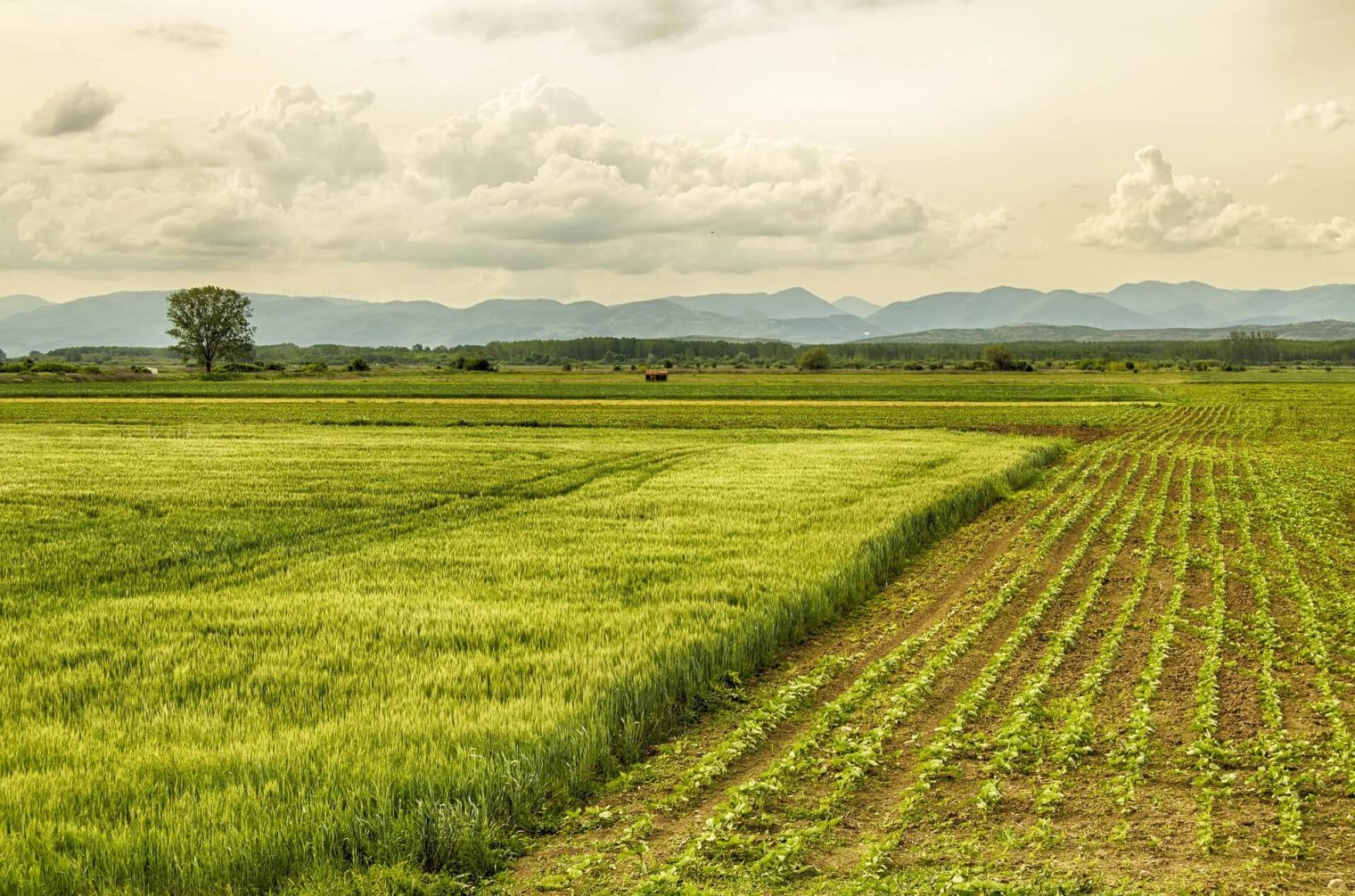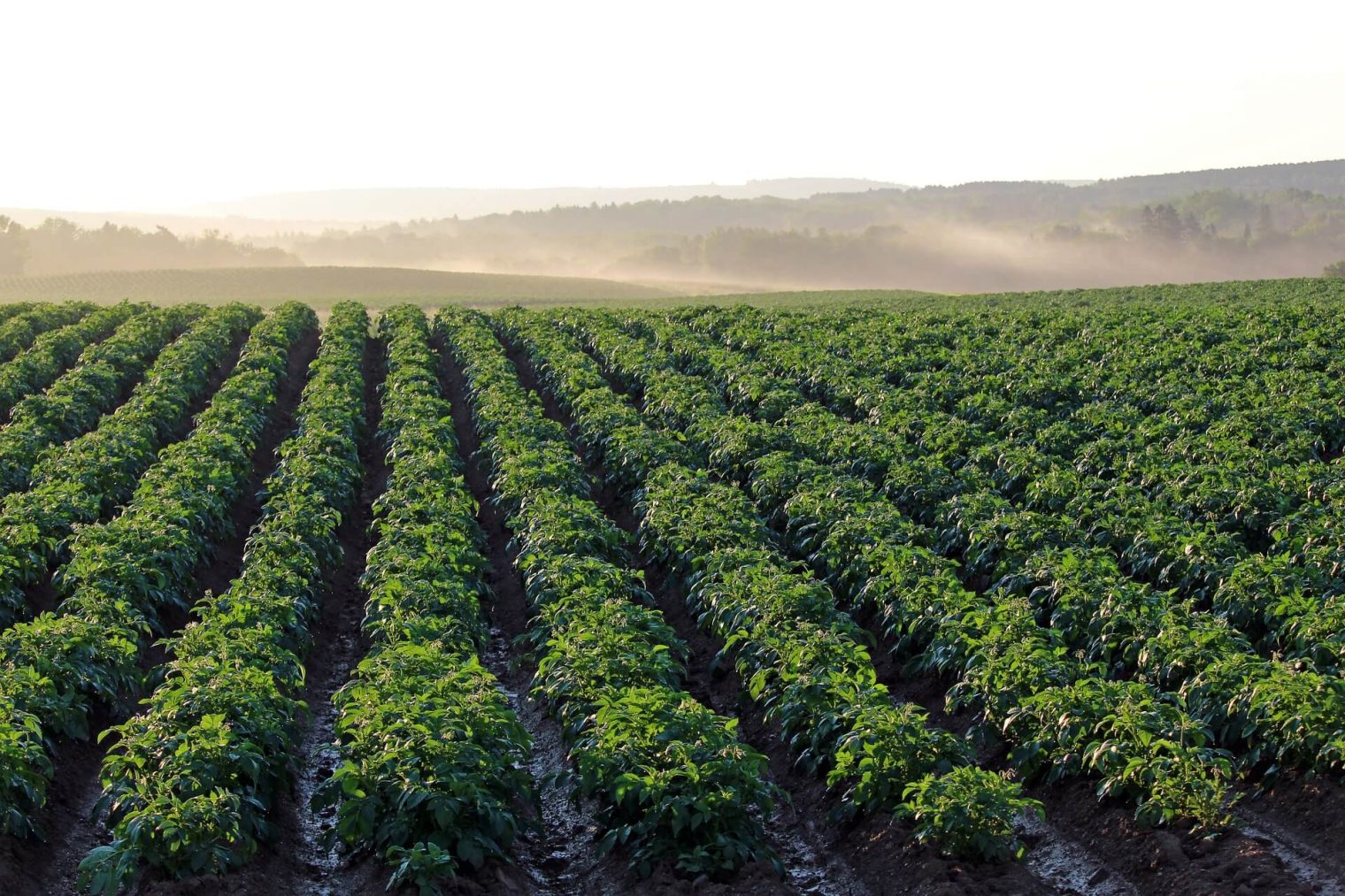 Cannabis
Cannabis
Table of Contents
Cannabis and crop rotation is an interesting subject for cannabis cultivators. Weed management is a tough nut to crack for many farmers, especially those growing cannabis. Pesky weeds not only compete with crops for nutrients, water, and light but also harbor pests and diseases that can further harm your plants.
Finding effective weed control strategies that don’t rely heavily on chemicals is a challenge many face in aiming for sustainable agriculture.
One interesting fact: Rotating crops, including cannabis with other cover crops, can significantly reduce weed problems. This method leverages the benefits of diverse plantings to outcompete weeds naturally.
Our weed blog will guide you through optimizing weed management using crop rotation and intercropping techniques as central pillars for organic farming success. Discover how these methods impact soil health positively and lead to fewer weeds competing with your main crop.
Ready to give weeds a tough time with these tips for cannabis and crop rotation?

The Role of Crop Rotation in Weed Management
Crop rotation plays a crucial role in managing weed populations. It reduces weed seed production through successive plantings of short-season crops and alternates between row and narrow row crops, effectively minimizing weed establishment.
Cover crops are also incorporated to further enhance soil management and suppress weeds.
Reducing weed seed production through successive plantings of short-season crops
Planting short-season crops one after another within the same year can significantly cut down on weed seed production. This strategy interrupts the life cycle of weeds, preventing them from reaching maturity and producing seeds.
By doing so, farmers can manage weed populations more efficiently, maintaining soil health and reducing the need for mechanical weed control methods.
Short-season crops mature quickly, allowing for multiple planting cycles in a single growing season. This approach not only suppresses weeds but also enhances soil management by keeping it covered and reducing erosion.
As these plants grow and establish themselves rapidly, they outcompete weeds for resources such as light, water, and nutrients. This natural form of competition is an integral part of sustainable agriculture and integrated pest management strategies that focus on minimizing reliance on chemical herbicides.
Alternating between row and narrow row crops
Alternating between row and narrow row crops is a strategic approach to weed management. By varying the spacing between crop rows, weeds are less likely to establish and compete with the desirable plants.
This method helps in maximizing soil coverage by crop canopies, reducing light availability for weed growth. The narrow rows also create a dense canopy that shades out weeds, effectively minimizing their establishment.
Additionally, this practice allows for effective mechanical cultivation or hoeing between rows, targeting weeds while preserving the main crop.
This technique promotes efficient use of space and resources while contributing to sustainable weed management through cannabis farming as well as other agricultural practices. Incorporating this method into rotational cropping plans enhances overall weed suppression and contributes to successful farming outcomes.
Moving on to “The Effect of Rotational Cropping of Cannabis on Weed Populations”…
Incorporating cover crops
Incorporating cover crops into your crop rotation plan can significantly contribute to weed management. By planting cover crops between cash crops, you can suppress weed growth and reduce soil erosion.
Additionally, cover crops improve soil health by adding organic matter and enhancing microbial activity in the rhizosphere. This agricultural practice effectively competes with weeds for resources, thereby reducing their population.
Additionally, incorporating cover crops like legumes or grasses during fallow periods enriches the soil with nutrients essential for subsequent cash crop cultivation. The use of cover crops also contributes to overall biodiversity on the farm, leading to a more resilient and sustainable agricultural system.
By integrating these strategies into your farming practices, you can optimize weed management while promoting healthier soils for successful crop production.
The Effect of Rotational Cropping of Cannabis on Weed Populations
Rotational cropping of cannabis can alter the composition of soil microbiomes, influencing weed populations. Changes in microbial diversity and soil properties impact weed growth around cannabis plants.
Impact on rhizosphere soil microbial communities
Crop rotation involving cannabis can significantly impact rhizosphere soil microbial communities. The cultivation of different crops like cannabis in a rotation system influences the composition and diversity of soil microorganisms.
This practice also fosters beneficial interactions between plants and microbes, enhancing overall soil health and fertility. Additionally, rotational cropping with cannabis promotes microbial diversity and activity in the rhizosphere, contributing to improved nutrient cycling and plant growth.
Changes in soil properties and microbial diversity
– Impact on rhizosphere soil microbial communities can significantly alter the soil properties and microbial diversity. Soil tillage, crop diversity, and agricultural practices play a vital role in shaping these changes.
Weed competition within the system is influenced by such alterations, emphasizing the need for tailored cultural practices to maintain soil health while managing weed populations effectively.
The rotational cropping of cannabis and other crops contributes to modifying the soil properties and enhancing microbial diversity. This not only supports sustainable weed management but also fosters a conducive environment for overall crop productivity.
Agricultural practices that influence soil properties and enhance microbial diversity are integral components in optimizing weed management strategies.
Crop Rotation and Intercropping Strategies for Weed Management
Crop rotation and intercropping play pivotal roles in effective weed management. Competitive crops can be utilized to suppress weed growth, while choosing crops with similar growth cycles ensures efficient weed control.
Implementation of cultural practices such as crop density and diversity further enhances the effectiveness of these strategies.
Utilizing competitive crops to suppress weed growth
Integrating competitive crops into your rotation strategy can effectively suppress weed growth, aiding in sustainable weed management. By planting competitive crops alongside cannabis or as part of a rotational system, you can create an environment where weeds struggle to establish themselves.
Effective competition for resources such as light, water, and nutrients from the soil can limit weed germination and growth. Moreover, the aggressive root systems of certain cover crops like rye or alfalfa actively inhibit weed seed germination and decrease the availability of resources vital for their survival.
Leveraging these competitive attributes supports your efforts to keep weed populations at bay while promoting a more balanced agroecosystem primed for optimal crop productivity.
Moving forward with intercropping strategies opens new avenues for better managing weeds in your fields. Let’s explore how choosing companion plants that outcompete undesirable weeds fosters a win-win situation for maintaining clean fields and sustaining vibrant crop production.

Choosing crops with similar growth cycle for effective weed control
Choosing crops with similar growth cycle is a key strategy for effective weed control. This approach involves planting crops that have comparable growing periods, which allows them to compete more effectively with weeds for sunlight, nutrients, and water.
By selecting crops with similar growth cycles, farmers can optimize weed management by reducing the opportunity for weed proliferation between plantings. The synchronized growth of these crops can help create a dense canopy that suppresses weed germination and growth, contributing to more efficient weed control throughout the cropping season.
Integrating this practice into crop rotation and intercropping strategies can significantly enhance overall weed management efforts on farms. Implementing such techniques not only aids in controlling weeds but also improves the health and productivity of the cultivated plants.
Implementing these principles leads to healthier soil conditions, robust crop yields, and sustainable farming practices.
Implementing cultural practices such as crop density and diversity
Implementing cultural practices such as crop density and diversity is crucial for effective weed management. Utilizing diverse crop species and adjusting planting densities can significantly reduce weed pressure within the field.
By strategically planning the arrangement of different crops, farmers can create competition for resources, limiting the growth and spread of weeds. Furthermore, incorporating a variety of crops helps to disrupt the life cycles of specific weed species, impeding their ability to establish and proliferate.
Integrating cultural practices like crop density and diversity into farming systems has proven to be instrumental in sustainable weed management strategies. Through these approaches, farmers can naturally suppress weeds while promoting healthy crop growth without relying solely on chemical interventions.
Cannabis and Crop Rotation in 2024
Incorporating cannabis and crop rotation and intercropping can significantly improve sustainable weed management on your farm. For more insights, continue reading the full article.
The benefits of incorporating crop rotation and intercropping for sustainable weed management
Incorporating crop rotation and intercropping offers several benefits for sustainable weed management. By rotating crops, farmers can disrupt the life cycle of weeds, effectively reducing their population over time.
Furthermore, intercropping allows for the strategic use of competitive crops to outcompete weeds and suppress their growth. These strategies not only help in managing weed populations but also contribute to maintaining soil health and fertility, ultimately leading to more sustainable agricultural practices.
Considerations for implementing these strategies in your farming practices.
To implement these strategies in your farming practices, it is important to assess the specific weed pressures in your fields and select suitable crop rotation options accordingly.
Tailoring your crop choices based on their ability to compete with weeds can significantly impact the success of weed management efforts. Moreover, careful consideration should be given to the sequence and timing of crops within the rotation, ensuring that each crop complements the others in suppressing weed growth while maximizing yields.
Lastly, maintaining soil health through regular monitoring and incorporating cover crops can enhance the efficacy of weed management strategies.
Integrating these strategies into your farming practices requires a thorough understanding of local climatic conditions, pest pressure, and soil characteristics. It’s essential to consistently review and refine these techniques as part of a comprehensive approach to sustainable agriculture. We hope this guide to cannabis and crop rotation really helped you.


